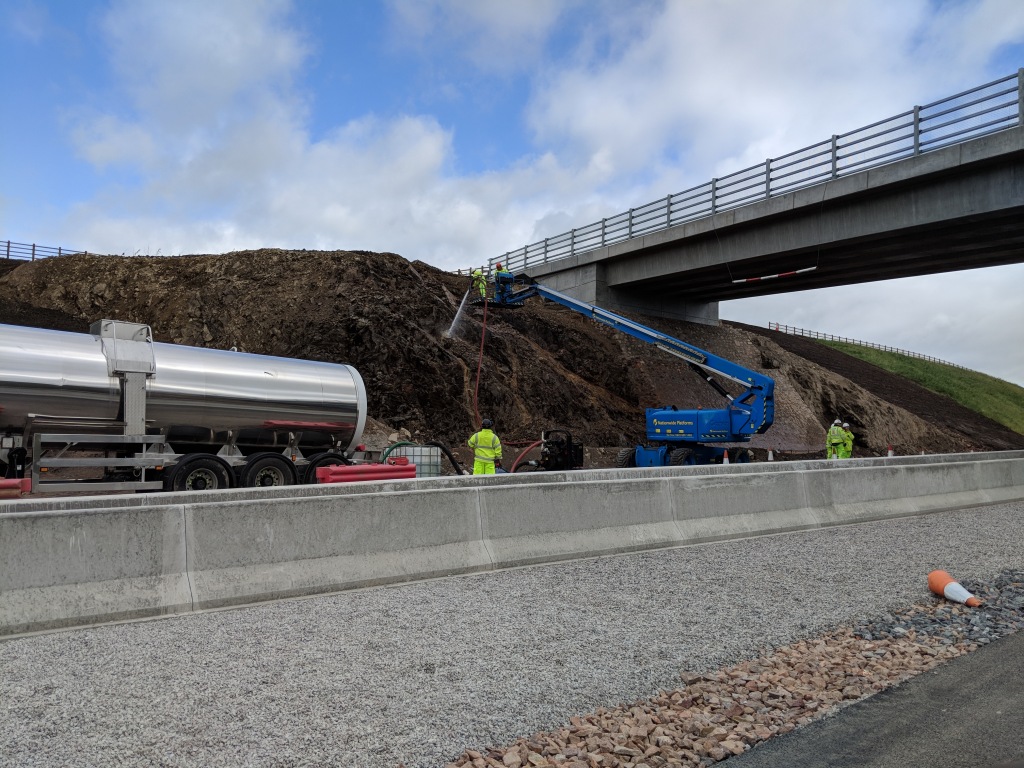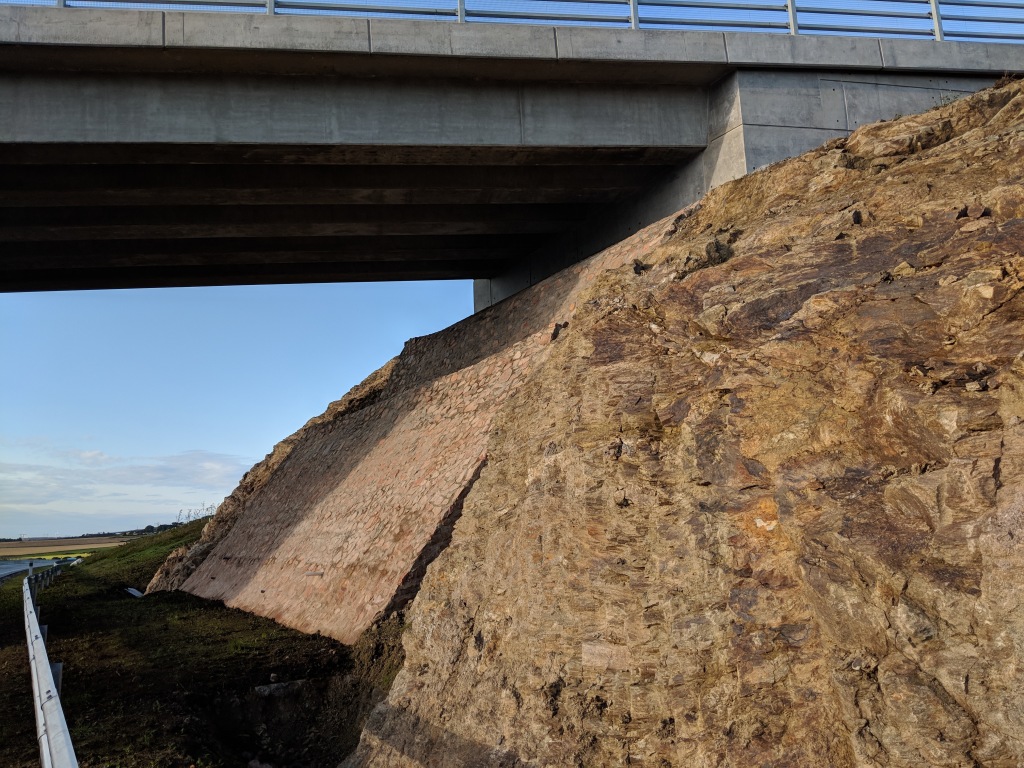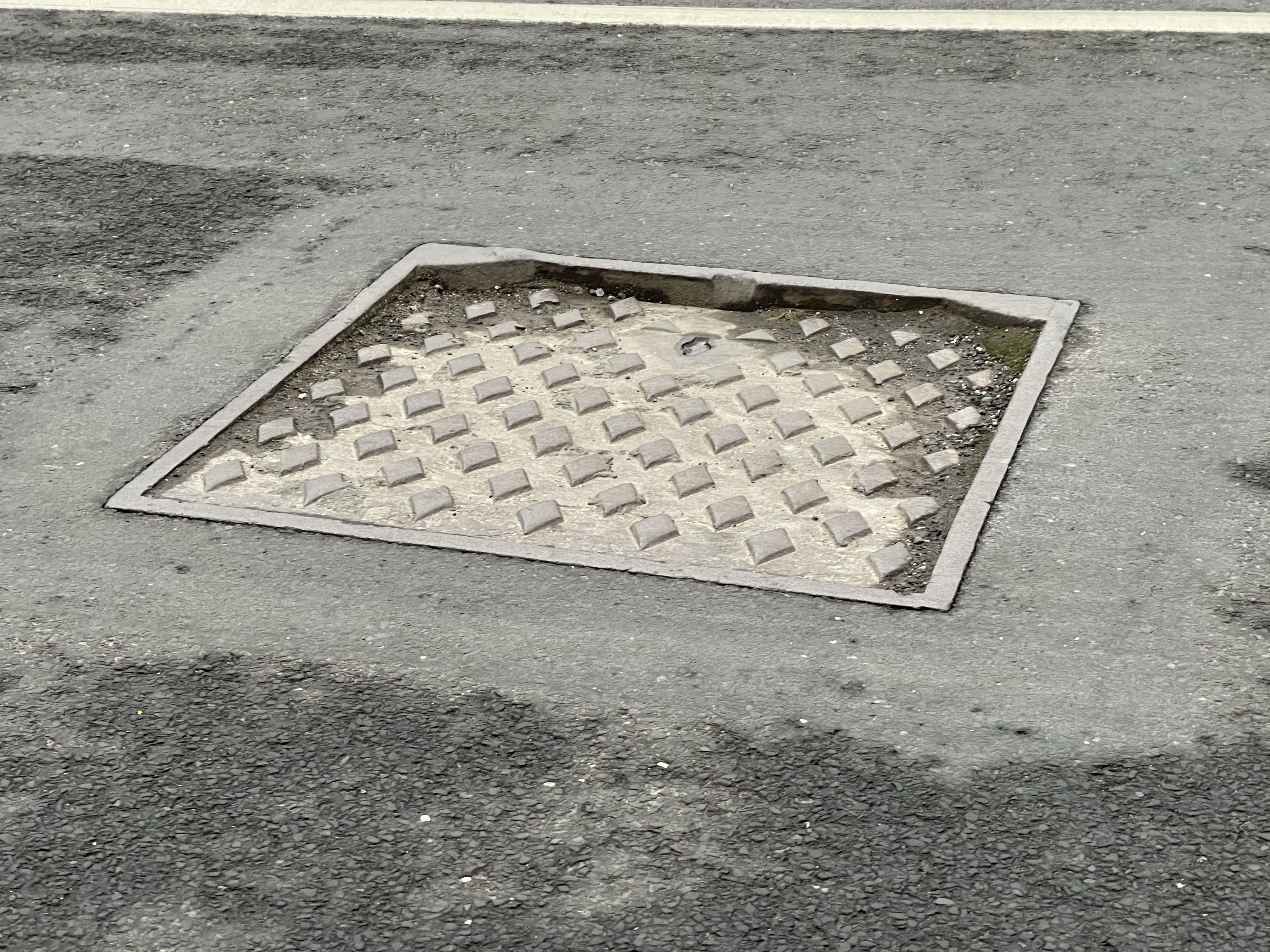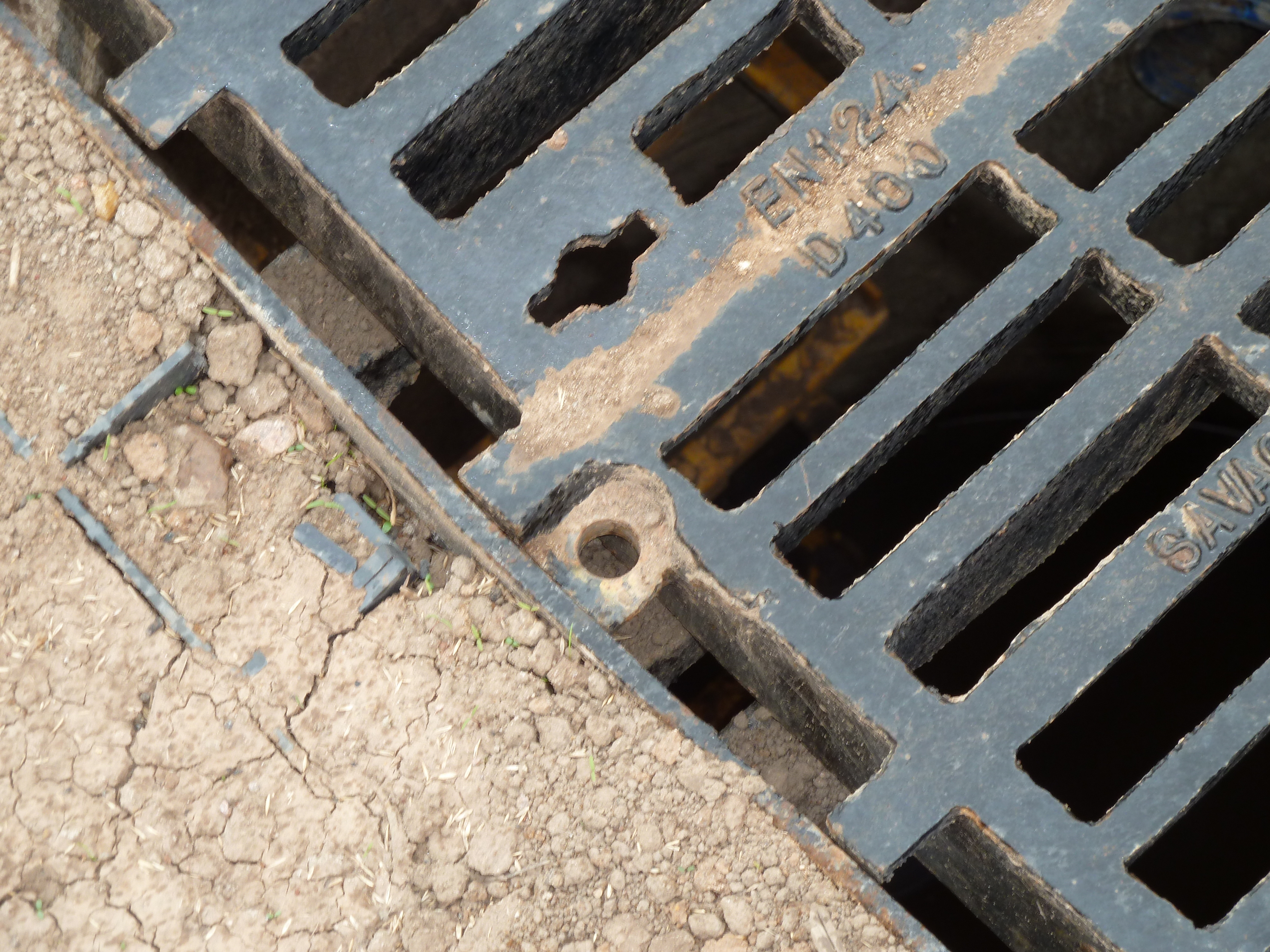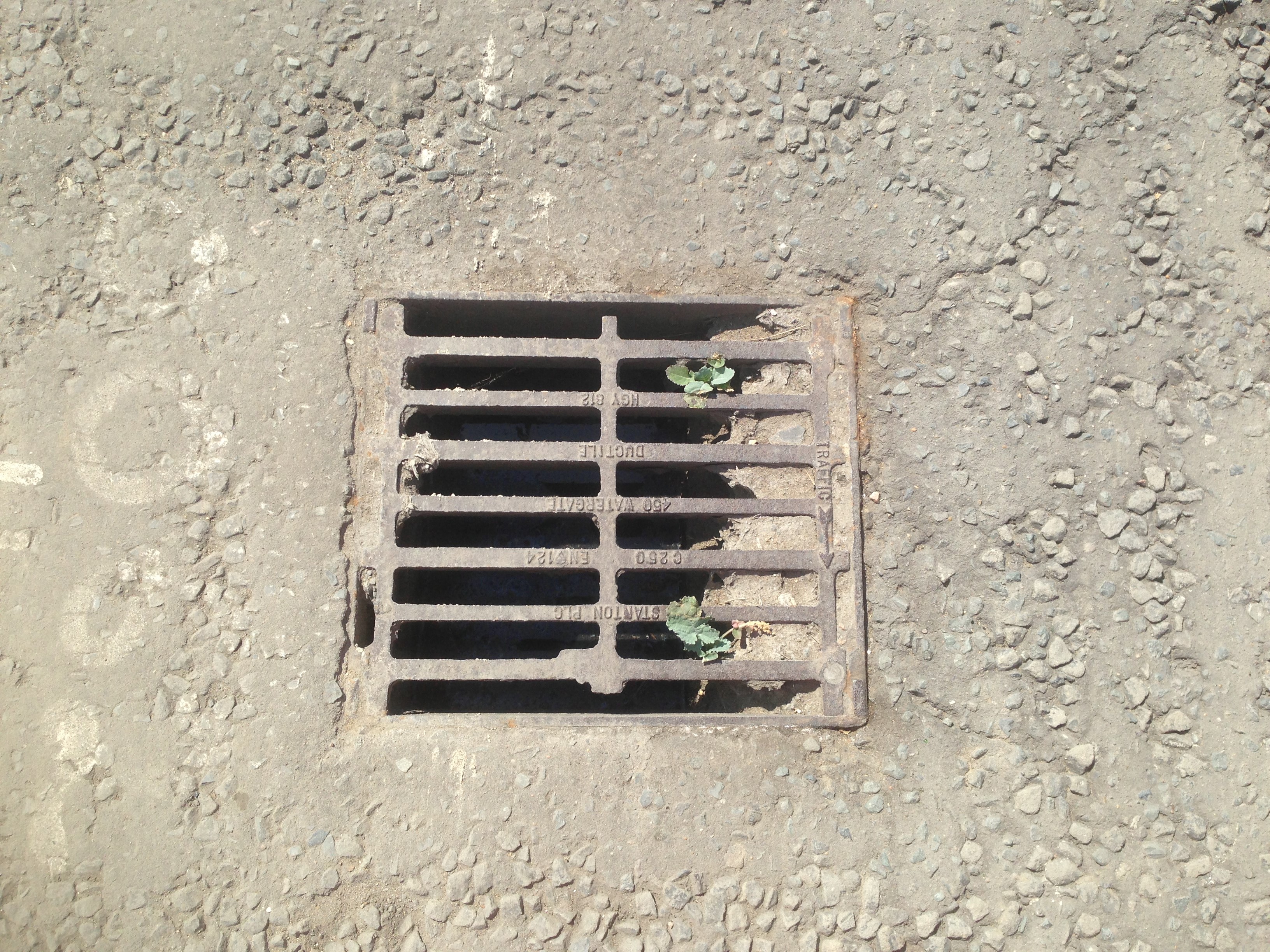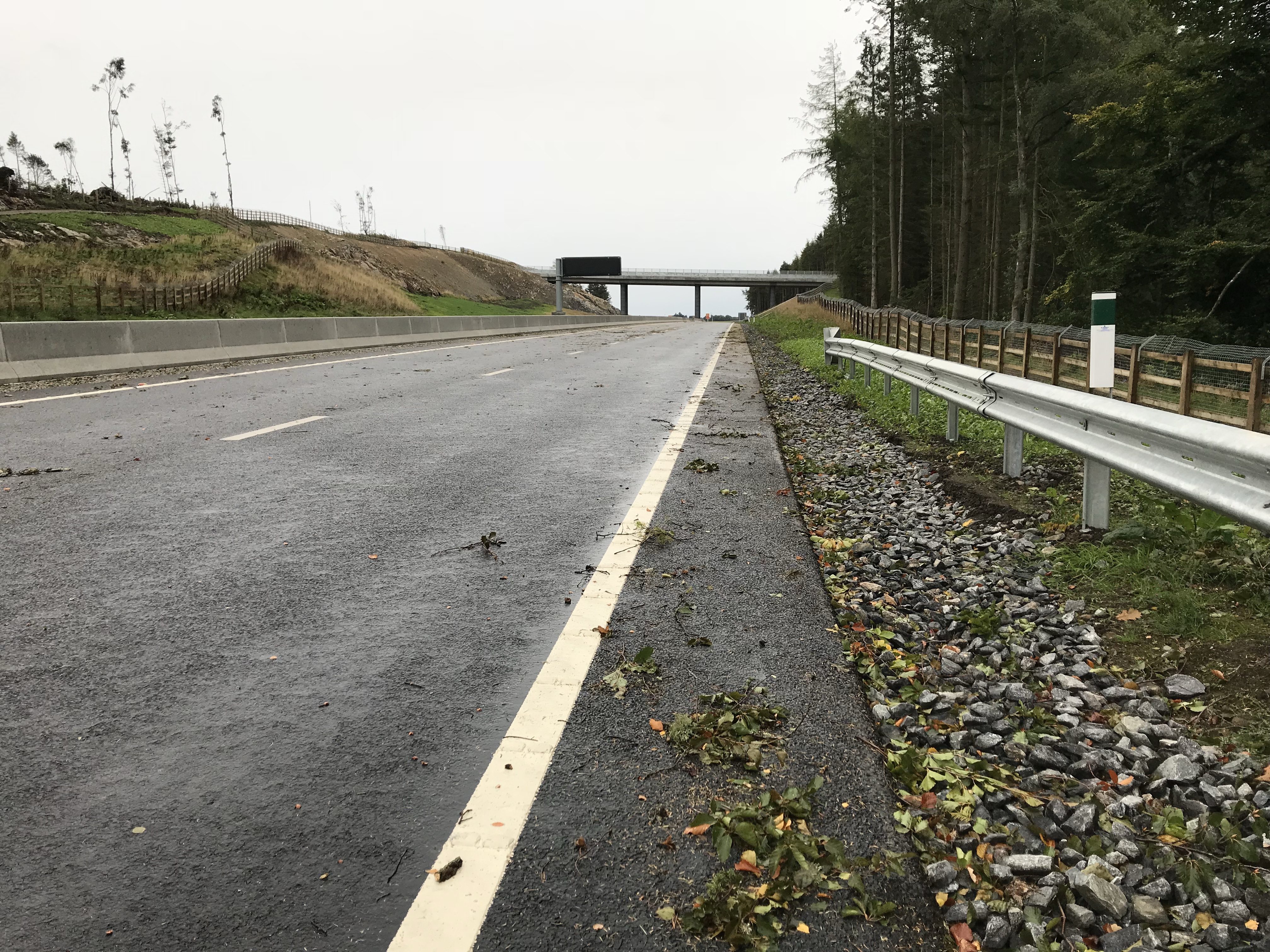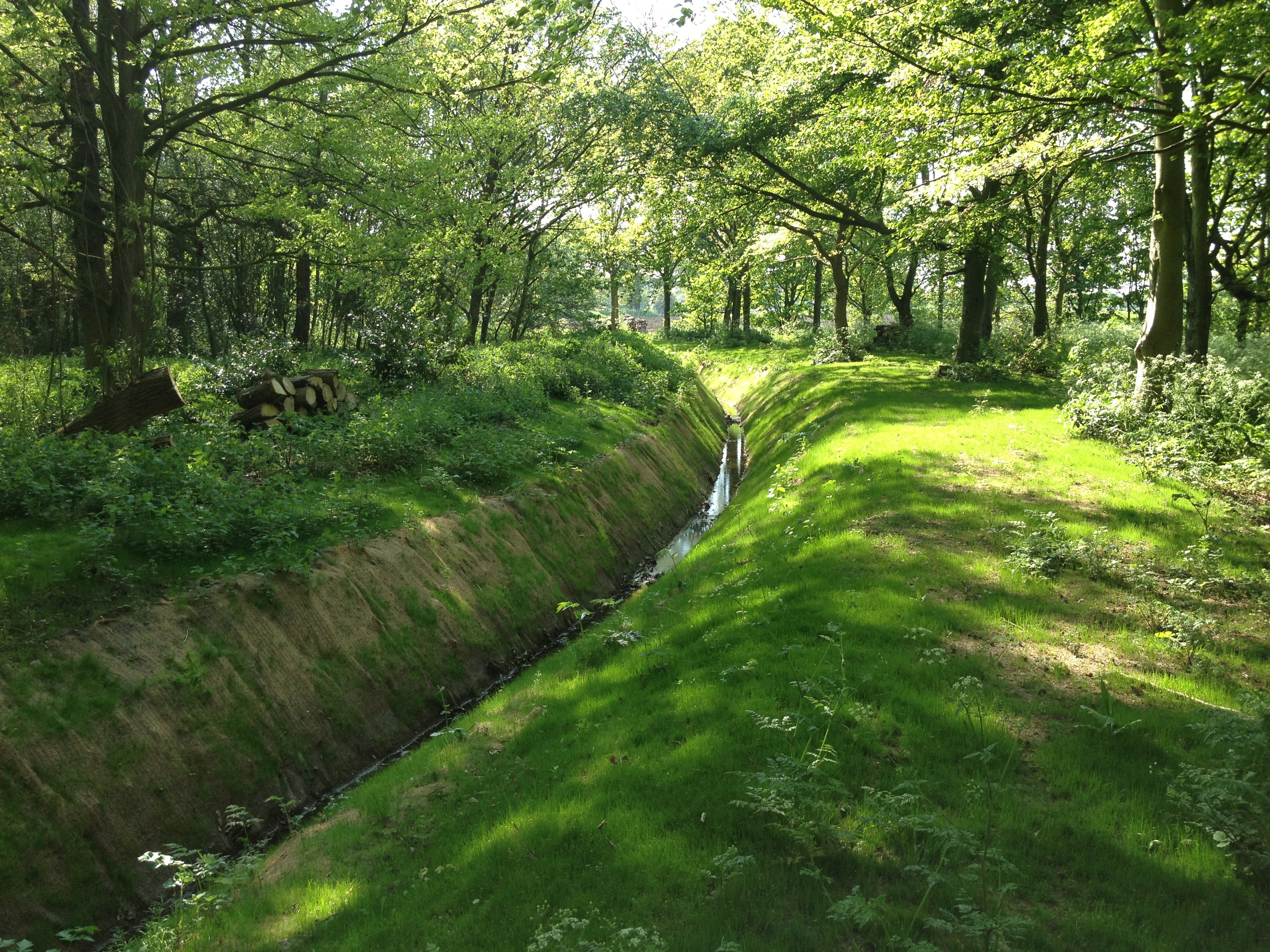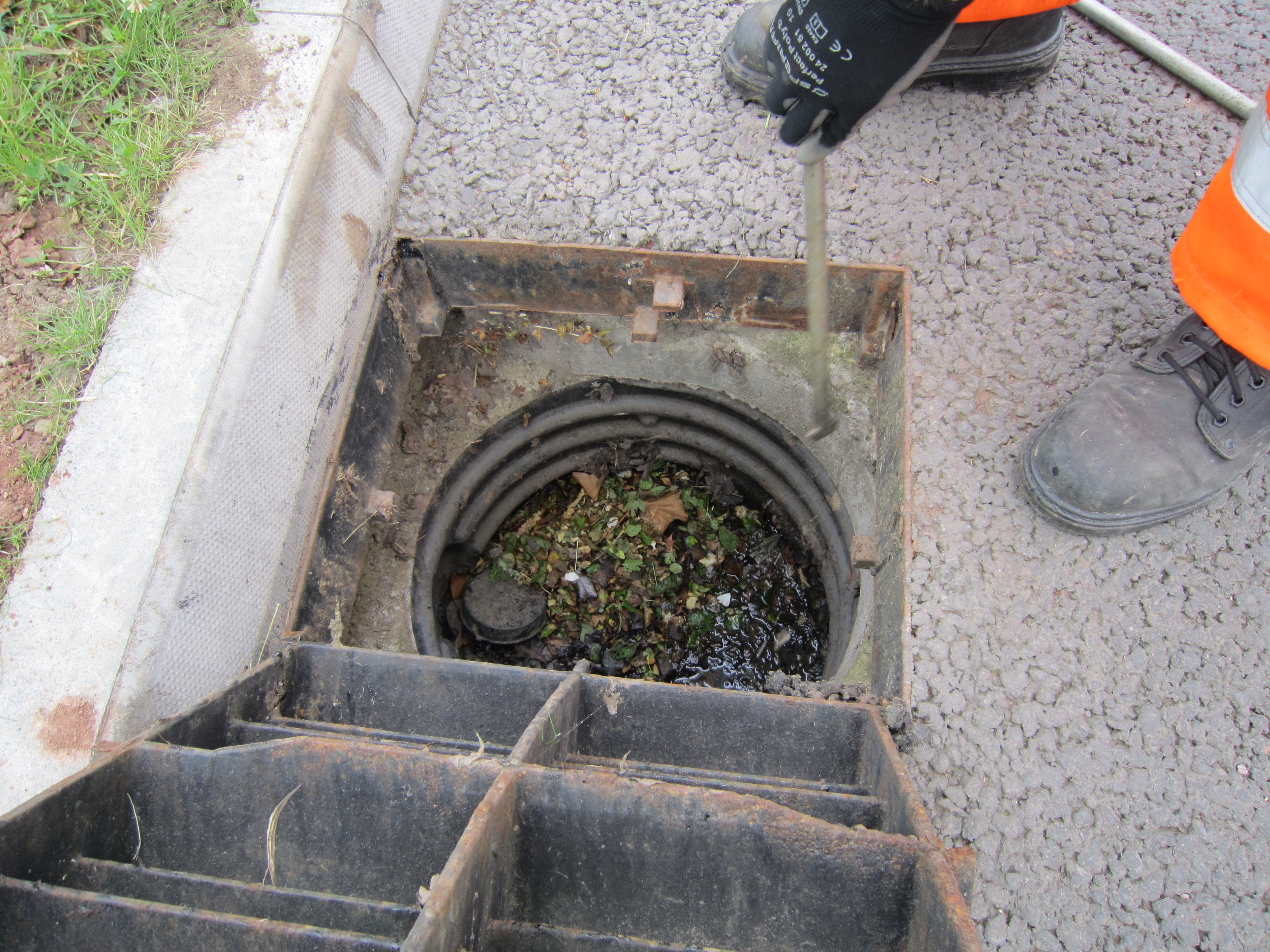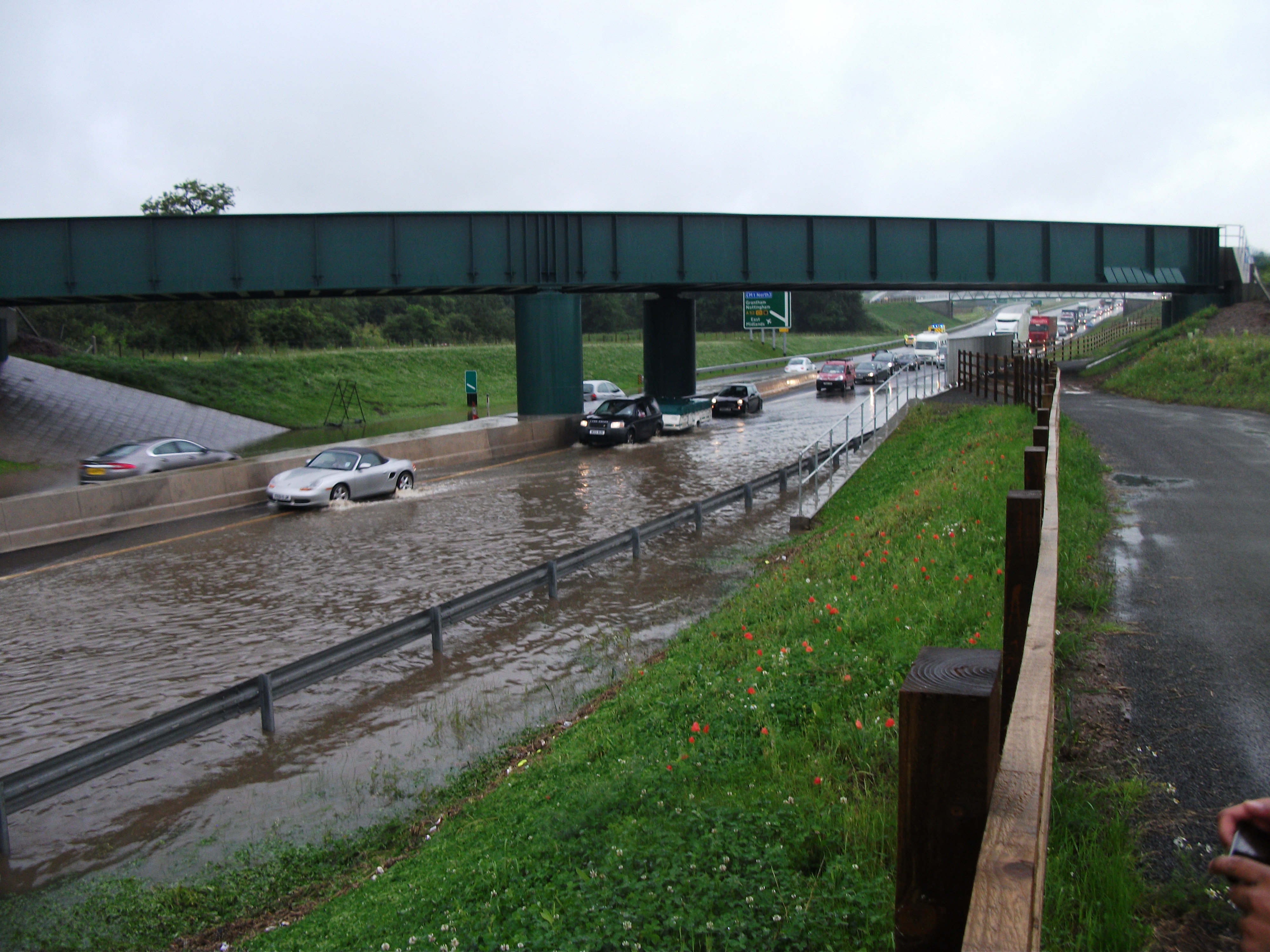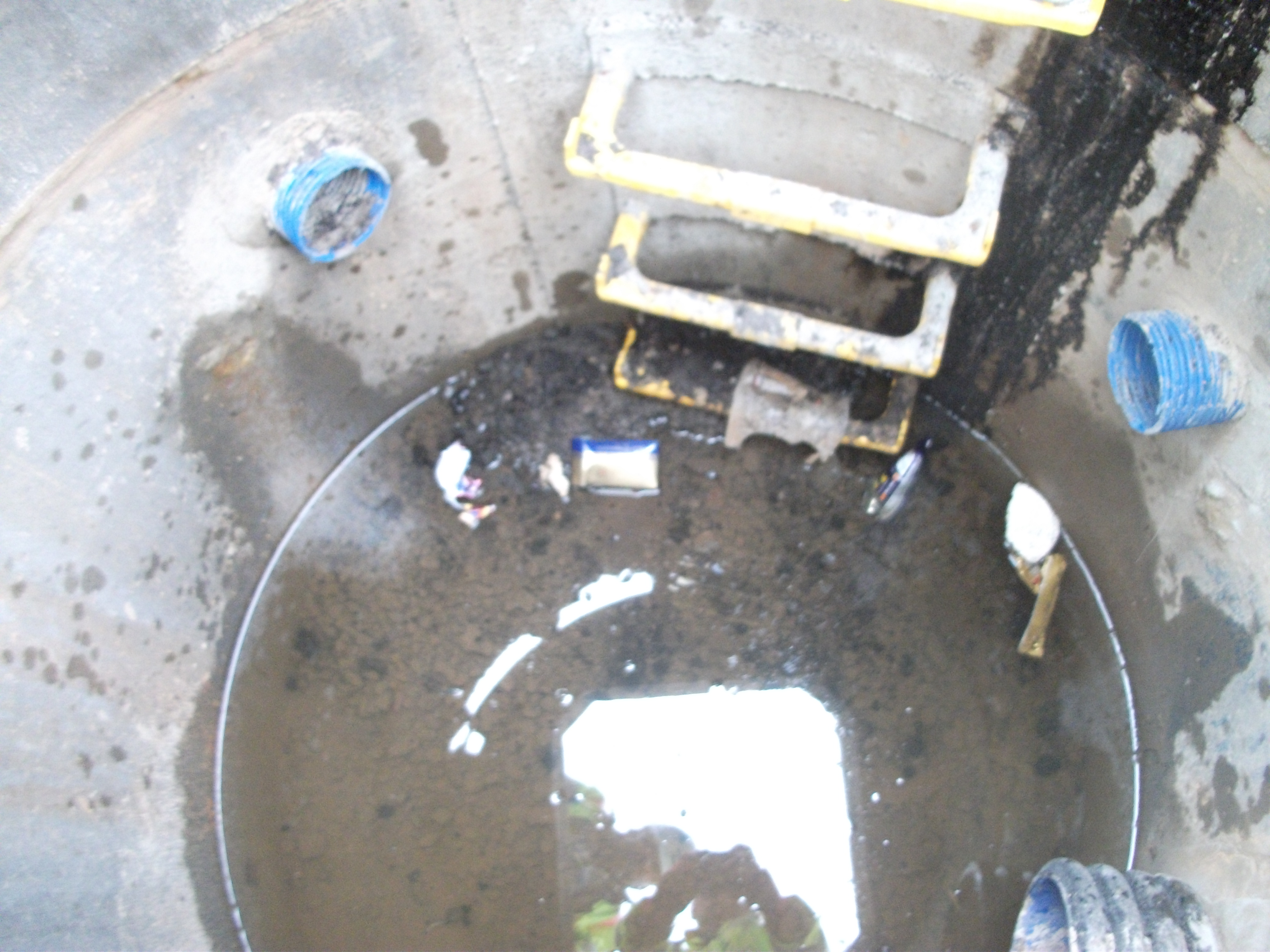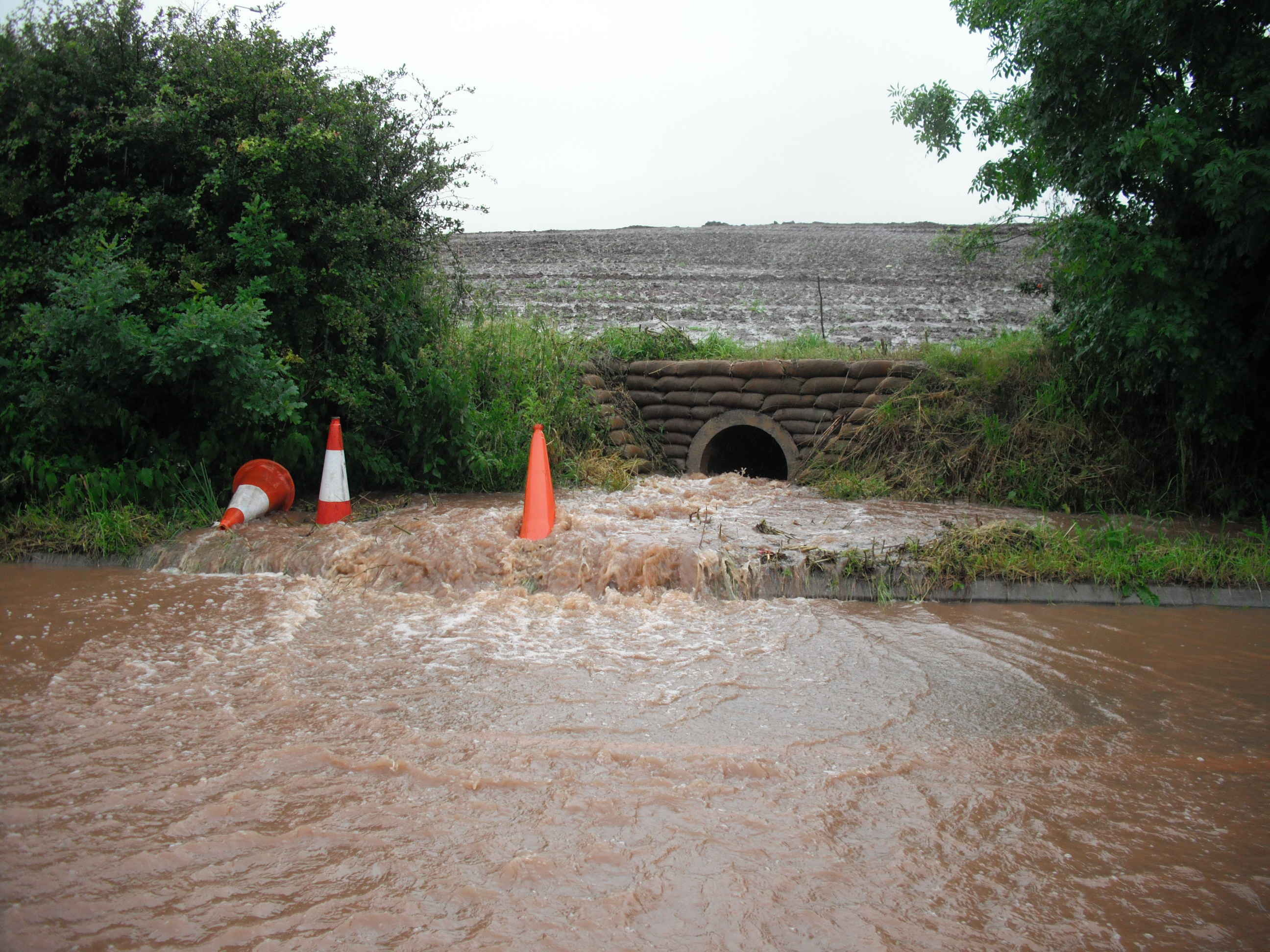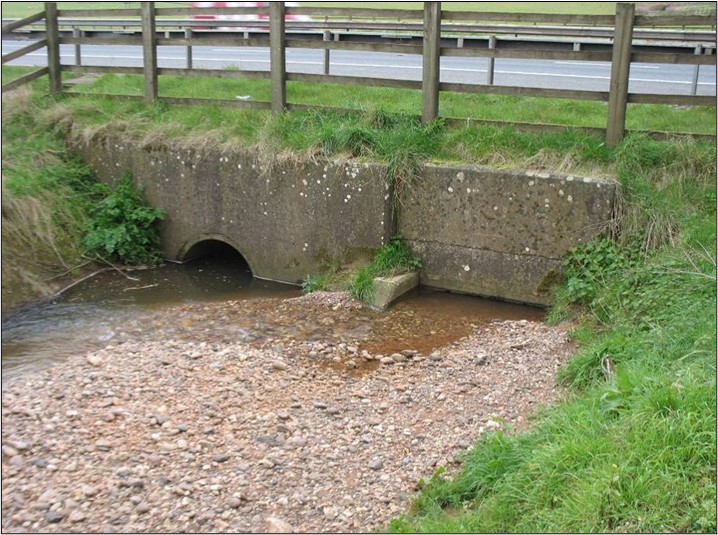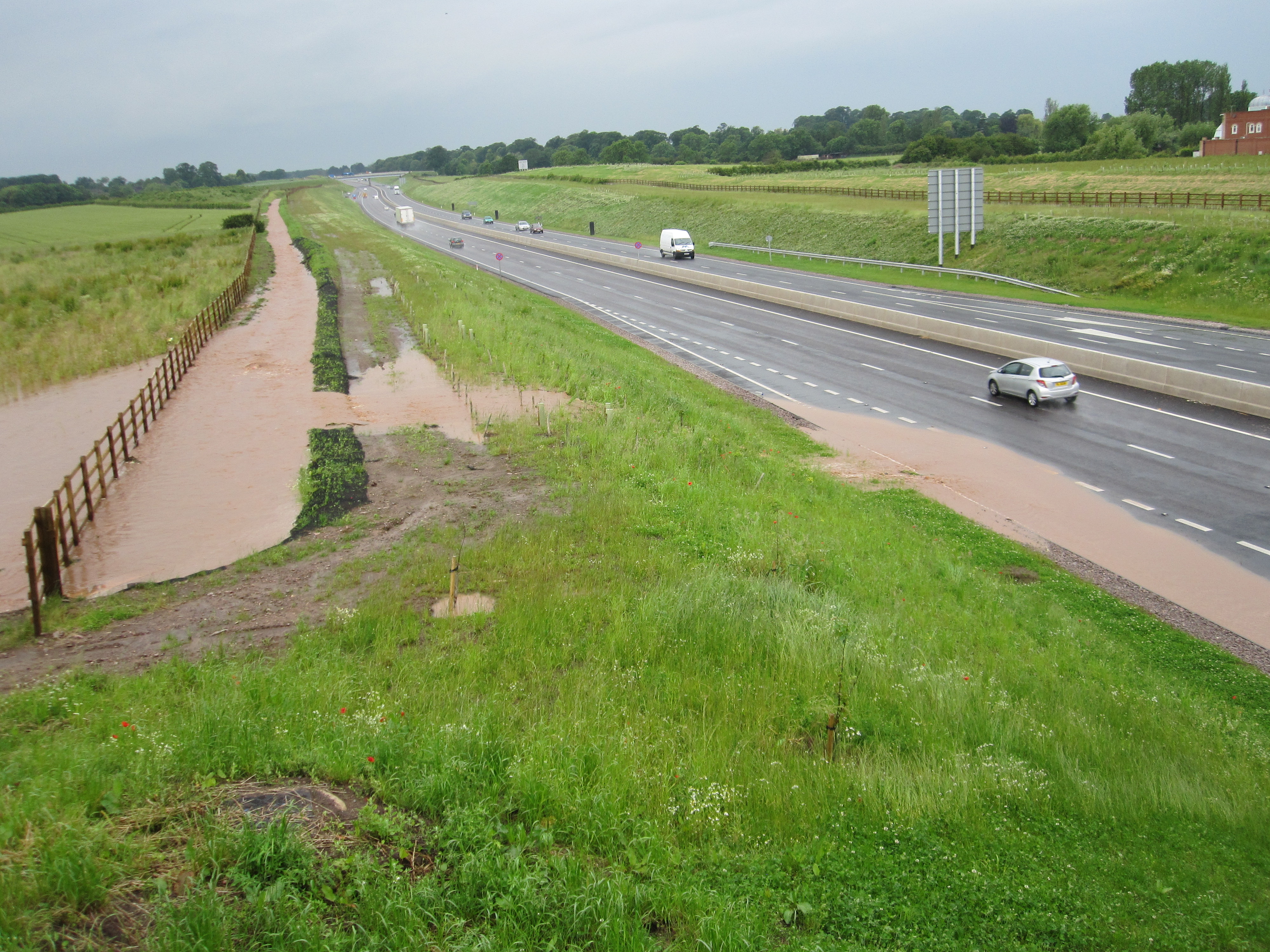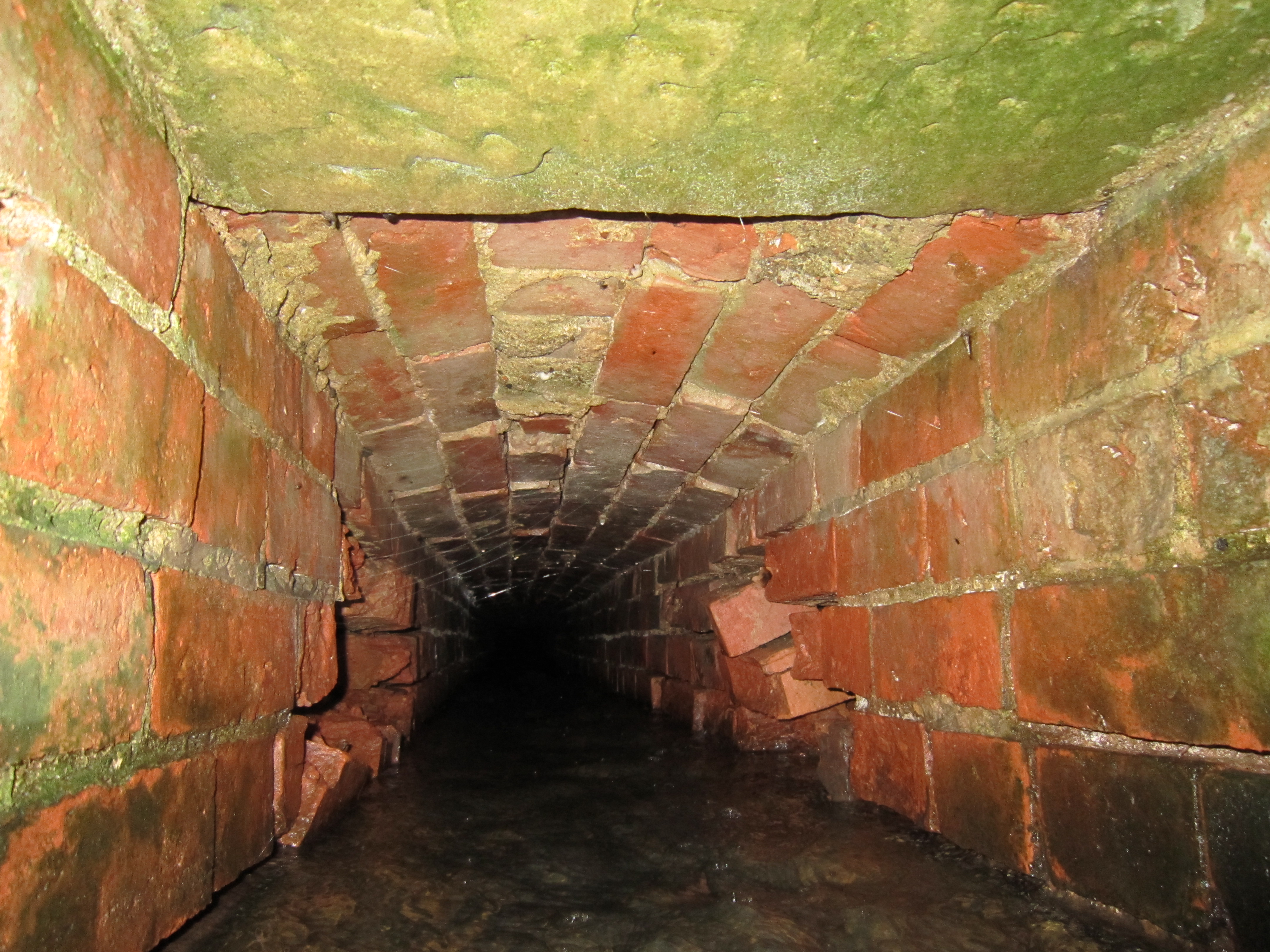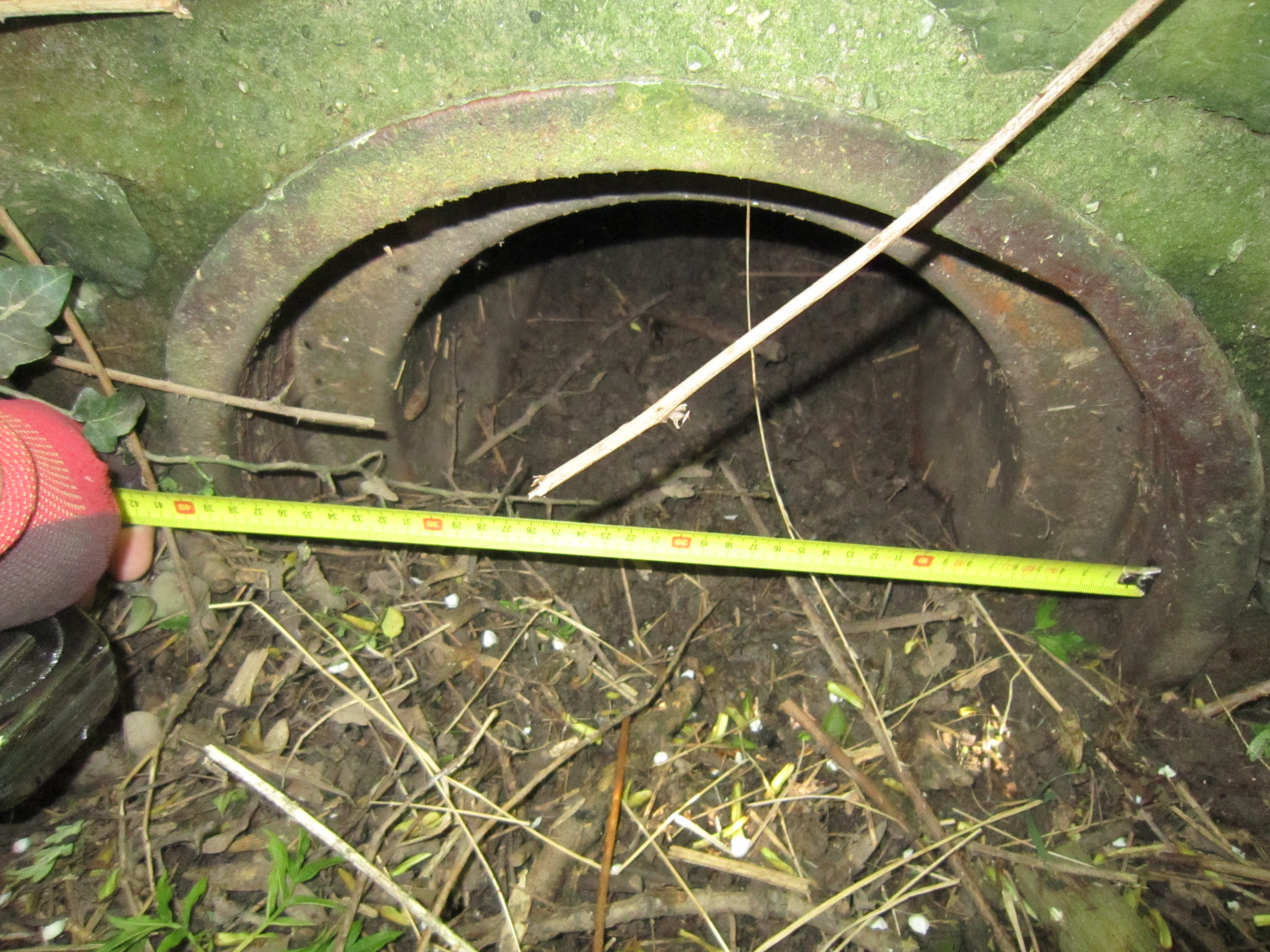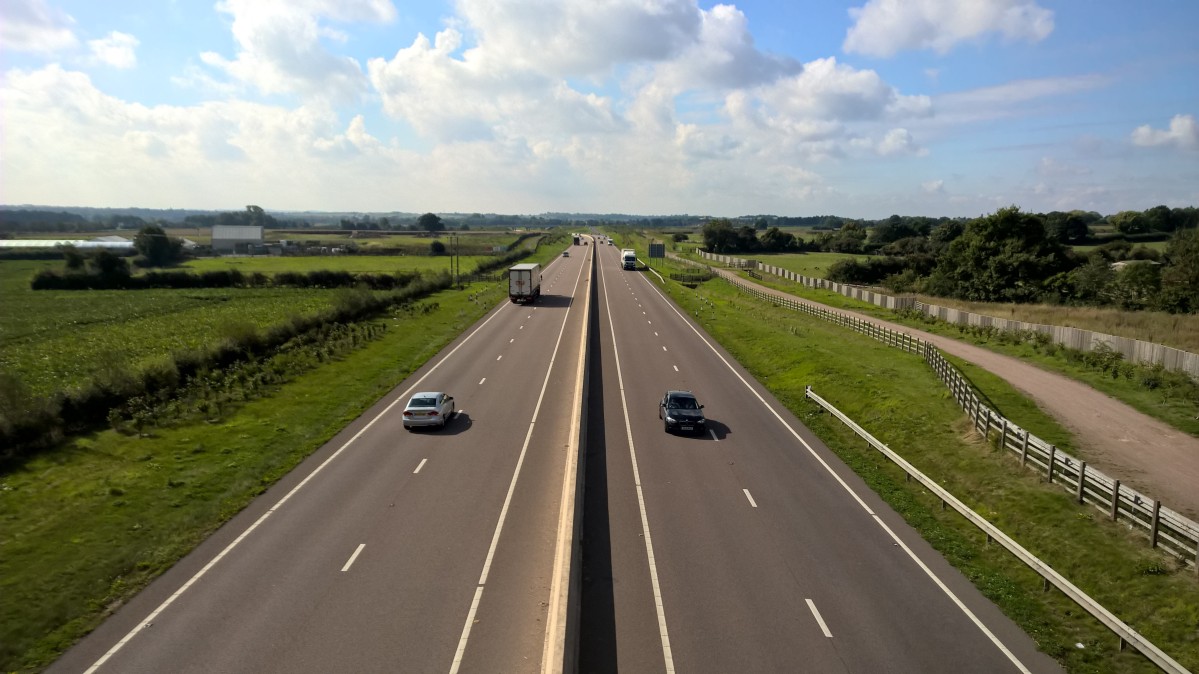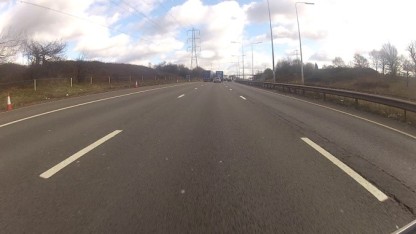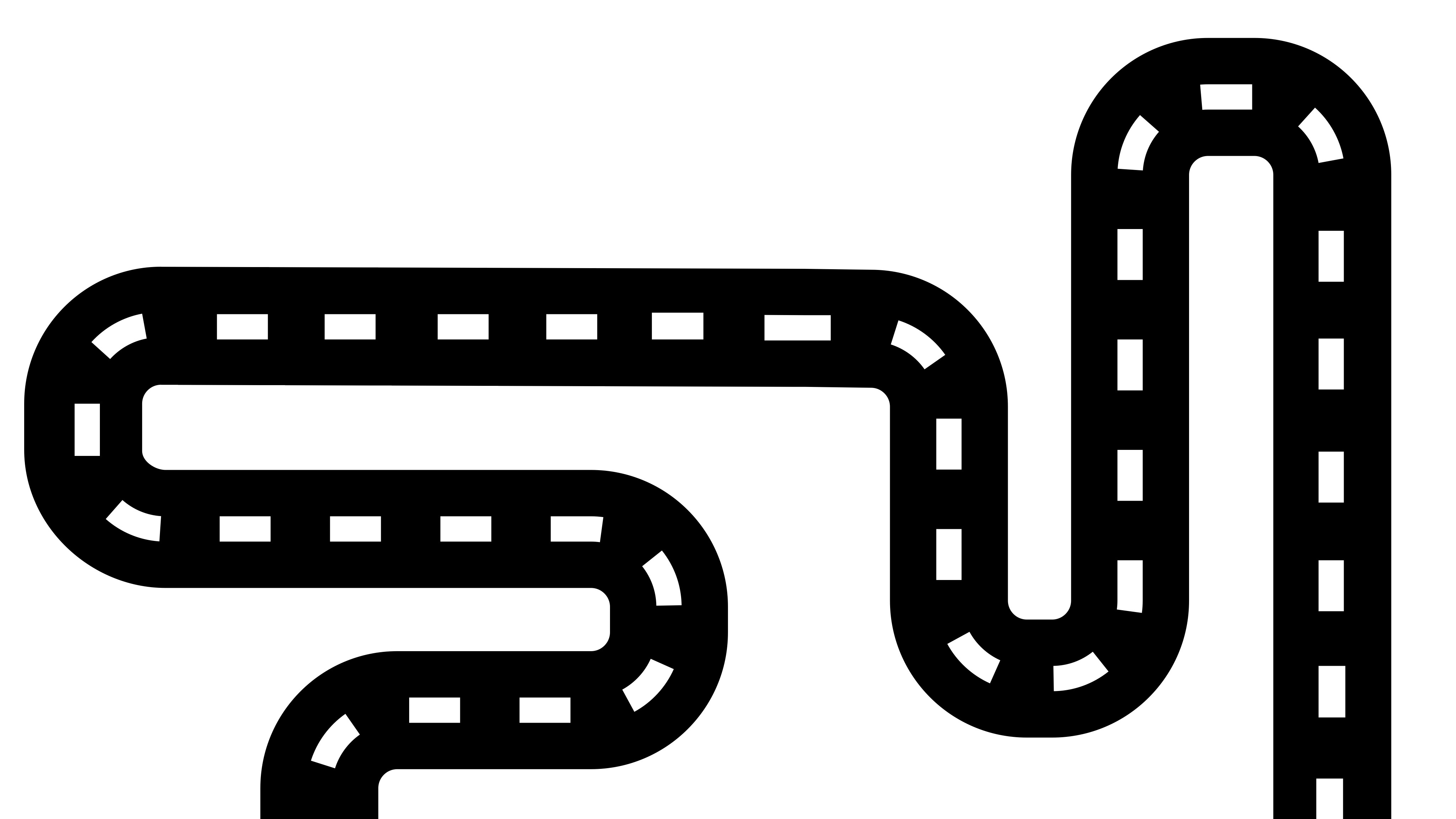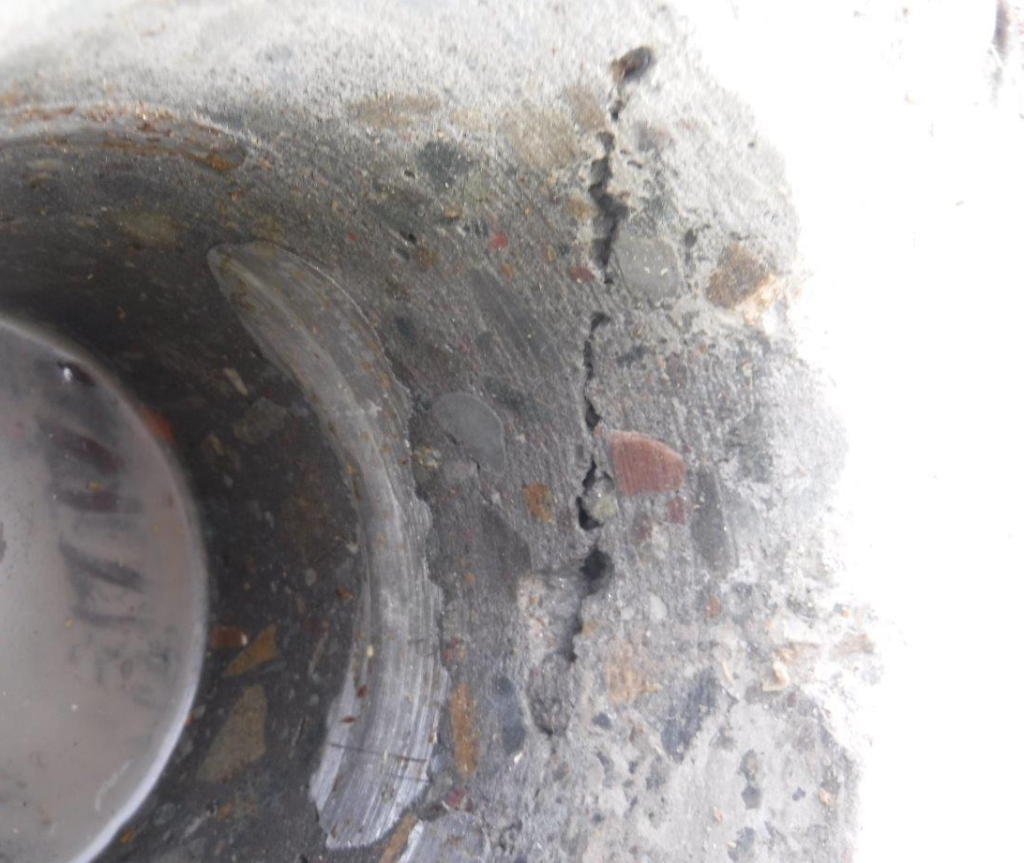The drainage system of a highway should be designed, constructed, and maintained to efficiently and effectively manage water and reduce the risk of flooding. The drainage system should be inspected and maintained regularly to prevent defects and ensure functionality. The drainage system plays a crucial role in ensuring the safe use of the highways network. A failure of the drainage system to provide adequate drainage can lead to flooding on the carriageway or adjacent land, which is a significant safety issue for road users.
Drainage Components
There are numerous components of a drainage system, each with specific functions and potential defects. These include piped drainage systems, gullies, catchpits, grit traps, interceptors, soakaways, manholes, piped grips, grips, ditches, filter drains, narrow filter drains, culverts, vegetative drainage systems for highway runoff, ancillary items, linear drainage systems, road-edge surface water channels, grassed surface water channels, and flooding. Defects in these components can include blockages, silt build-up, erosion, damage, incorrect gradient, insufficient capacity, and more. Proper inspection, maintenance, and operation of these drainage components are necessary to prevent flooding, structural damage, and safety hazards on highways.
- Drainage General: This covers the general management of the highway drainage system, including the collection, conveyance, storage, treatment, and disposal of highway runoff. It includes the coordination and integration of various drainage assets and features such as gullies, catchpits, ditches, culverts, and filter drains. The drainage system of a highway should be designed, constructed, and maintained to efficiently and effectively manage water and reduce the risk of flooding. The drainage system should be inspected and maintained regularly to prevent defects and ensure functionality. Symptoms of a poorly functioning drainage system include ponding, flooding, erosion, and pavement cracking. Drainage defects may include blockages, damage to pipes or channels, improper gradient or alignment, and erosion of banks or bed.
- Piped drainage systems: This includes underground drainage systems that use pipes to convey surface water runoff to a designated outfall. Piped drainage systems are designed to collect and convey surface water runoff away from the highway. Symptoms of a poorly functioning piped drainage system include blockages, ponding, and flooding. Defects may include damage to pipes or channels, joint failure, and silt or debris buildup. The pipes may be made of various materials such as concrete, plastic, or metal, and may range in size from small diameter pipes to large culverts.
- Gullies, catchpits, grit traps, interceptors, soakaways, & manholes: These are various types of drainage features that are used to capture and manage surface water runoff. Gullies and catchpits are used to collect runoff from the road surface, while grit traps and interceptors are used to separate and remove sediment and pollutants. Soakaways are used to dispose of excess runoff, and manholes provide access to the underground drainage system for maintenance purposes. Gullies, catchpits, grit traps, interceptors, soakaways, and manholes are critical components of a drainage system. Symptoms of a poorly functioning gully or catchpit include ponding, flooding, and blockages. Defects may include damage to the cover or frame, silt or debris buildup, and joint failure.
- Piped grips: These are small-scale drainage channels or ditches that are used to collect and convey surface water runoff. They are typically lined with concrete or other materials and may be covered with grates or other types of covers. Piped grips are designed to convey water away from the highway. Symptoms of a poorly functioning piped grip include ponding and flooding. Defects may include damage to pipes, joint failure, and silt or debris buildup.
- Grips: These are open drainage channels or ditches that are used to collect and convey surface water runoff. Grips are unlined channels designed to convey water away from the highway. They are typically unlined with vegetation but may be lined with other materials. Symptoms of a poorly functioning grip include erosion, sediment buildup, and vegetation growth. Defects may include erosion of banks, sediment buildup, and vegetation growth.
- Ditches: These are open drainage channels or ditches that are used to collect and convey surface water runoff. Ditches are lined or unlined channels designed to convey water away from the highway. They are typically lined with vegetation and may be designed to provide additional benefits such as flood storage, erosion control, or water quality improvement. Symptoms of a poorly functioning ditch include erosion, sediment buildup, and vegetation growth. Defects may include erosion of banks, sediment buildup, and vegetation growth.
- Filter drains & fin/narrow filter drains: These are subsurface drainage systems that are designed to collect and convey surface water runoff to a designated outfall. Filter drains and fin/narrow filter drains are designed to collect and filter surface water runoff. They are typically made of granular material and may be used in conjunction with a geotextile fabric or other materials to filter out sediment and other pollutants. Symptoms of a poorly functioning filter drain include blockages, ponding, and flooding.
- Culverts: Culverts are structures designed to convey surface water runoff under roads, railways, or other features. They may be made of various materials such as concrete, plastic, or metal and may be designed to accommodate different flow rates and capacities. Symptoms of a poorly functioning culvert include ponding, flooding, and erosion. Defects may include damage to the culvert or inlet, blockages, and joint failure.
- Vegetative drainage systems for highway runoff: These are natural or constructed systems that are designed to collect, treat, and dispose of surface water runoff. They typically consist of vegetation and soil media that help to capture and filter out pollutants and sediments. Symptoms of a poorly functioning vegetative drainage system include erosion, sediment buildup, and vegetation growth. Defects may include erosion of banks, sediment buildup, and vegetation growth.
- Ancillary items: These are various components of the drainage system such as access covers, outfalls, weirs, and other features that are used to manage the flow of surface water runoff. Defects may include damage to the item or foundation, silt or debris buildup, and ironwork failure.
- Linear drainage systems: These are drainage systems that are designed to collect and convey surface water runoff along the length of a road or other feature. They typically consist of a channel or slot drain that is installed along the edge of the road surface. Symptoms of a poorly functioning linear drainage system include blockages, ponding, and flooding. Defects may include damage to the channel or inlet, silt or debris buildup, and vegetation growth.
- Road-edge surface water channels: These are small-scale drainage channels that are installed along the edge of the road surface to collect and convey surface water runoff. They may be made of various materials such as concrete, plastic, or metal and may be covered with grates or other types of covers. Symptoms of a poorly functioning road-edge surface water channel include ponding, flooding, and erosion. Defects include blockages caused by debris or vegetation, damage to the channel lining, and erosion or settling of the channel bed.
- Grassed surface water channels: These are open drainage channels or ditches that are lined with vegetation and are used to collect and convey surface water runoff. They may be designed to provide water quality treatment by allowing vegetation to absorb pollutants and sediment, as well as providing habitat for wildlife. Grassed surface water channels should be inspected regularly for any blockages, erosion or damage to the vegetation lining, and any necessary maintenance work should be carried out promptly to ensure effective operation. In addition, excess vegetation growth should be controlled to prevent blockages and ensure the channel remains clear and free-flowing.
One of the most critical aspects of maintenance are Category 1 defects of the drainage system. Category 1 defects in the drainage system are those that pose an imminent safety risk to road users and require immediate attention and repair. These defects are considered to be the highest priority and should be addressed as soon as possible to ensure the safety of the road network.
Examples of Category 1 defects in the drainage system include:
- Blocked gully causing standing water on live carriageway: A blocked gully can result in standing water on the live carriageway, creating a potential hazard for road users, particularly during adverse weather conditions such as heavy rain or snow.
- Blocked ditch causing flooding on live carriageway or adjacent land: A blocked ditch can result in flooding on the live carriageway or adjacent land, creating a potential hazard for road users.
- Pollution of the drainage system: The presence of hazardous or toxic materials within the drainage system can pose a significant risk to the environment and road users.
- Flooding of live carriageway: Flooding of the live carriageway can pose a significant hazard to road users and can be caused by a variety of factors, including blocked gullies or ditches, subsidence, or heavy rainfall.
Symptoms of a poorly functioning drainage system include ponding, flooding, erosion, and pavement cracking. Drainage defects may include blockages, damage to pipes or channels, improper gradient or alignment, and erosion of banks or bed, carriageway flooding, blocked ditches, flooded ditch systems, and pollution of the drainage system.
A blocked gully can cause standing water on the live carriageway, which creates a hazard for drivers and can result in reduced visibility and increased braking distances. A blocked ditch can cause flooding on the live carriageway or adjacent land, which can result in the road being temporarily closed.
Category 2 defects in the drainage system refer to those that are less severe than Category 1 defects and do not pose an imminent safety risk to road users. However, they still require attention and repair within a defined timescale.
Examples of Category 2 defects in the drainage system include:
- A partially blocked gully, which does not cause standing water on the live carriageway but may reduce the efficiency of the drainage system.
- A minor leak in a pipe or ditch, which does not result in significant flooding but may need repair to prevent further deterioration of the asset.
- A small depression in the carriageway caused by subsidence, which does not pose an imminent safety risk but may cause water to pond on the surface and affect the efficiency of the drainage system.
- A gully or ditch that is partially clogged with debris, which does not cause significant flooding but may need cleaning to maintain the efficiency of the drainage system.
It is important to note that Category 2 defects should still be monitored and repaired in a timely manner to prevent them from becoming Category 1 defects, which can pose an imminent safety risk to road users. Highways agencies are responsible for ensuring that Category 2 defects are repaired within a defined timescale and that the drainage system is functioning effectively.
Pollution Risks to the Drainage System
The pollution of the drainage system can also have serious consequences for the safe use of the highways network. Polluted water can contain toxic chemicals or oil spills, which can be harmful to the environment and can cause a slippery surface on the carriageway, creating a hazard for drivers. Pollution of the drainage system is a serious issue that can have far-reaching consequences for the environment and road users. The pollution of the drainage system can occur from a variety of sources, including trade or industrial waste, hazardous materials, and the dumping of controlled materials. In the event of an incident associated with trade or industrial waste, hazardous materials, or any visible warning signs or chemical symbols displayed on the trade or industrial vehicles involved, it is essential that immediate action is taken to contain and clean up the spill.
Additional consideration should be given to oil or diesel spillages, which can pose a significant risk to the environment and road users. In such cases, it is important to determine whether the pollution observed causes a localised or more extensive network issue. Controlled materials, such as oil and paint drums, organic waste, sharps materials, and refrigerators/freezers, can also contribute to the pollution of the drainage system.
It is crucial to be vigilant in monitoring and preventing the pollution of the drainage system. Regular inspections and prompt action in the event of a spill can help minimize the impact of the pollution on the environment and road users. By taking proactive measures, highways agencies can help ensure the continued safe and efficient functioning of the drainage system.
The maintenance and successful resolution of defects of the drainage system are critical to the safe use of the highways network during winter weather conditions. Service codes outline the maintenance requirements to prevent the occurrence of these defects and ensure that the highways network is safe to use during winter weather conditions. It is important for highways agencies to regularly inspect and maintain the drainage system to prevent the occurrence of these category 1 defects, which can result in the failure of the asset to provide adequate drainage and cause imminent flooding of the carriageway or adjacent land.
Inspection of the Drainage System
Inspecting a drainage system is an important part of ensuring that it is in good working order and that maintenance is being properly carried out. Here are some steps that could be taken to inspect a drainage system:
- Check drainage records: Start by checking the records for the drainage system. These records should include the location of the drainage system, its design and construction, and any maintenance or repairs that have been carried out.
- Visual inspection: Carry out a visual inspection of the drainage system. Look for any signs of damage, such as cracks or breaks in the pipes, or evidence of blockages, such as standing water or debris in the drainage channels.
- Check inlets and outlets: Check that the inlets and outlets of the drainage system are clear and not blocked. Ensure that the inlets are properly connected to the road surface and that there is no evidence of erosion around the outlets.
- Test the flow rate: Carry out a flow rate test to check that the drainage system is capable of coping with the amount of water it is designed to handle. This can be done by pouring a known amount of water into the inlet and measuring the time it takes for the water to flow through the system.
- Check the surrounding area: Inspect the surrounding area to ensure that there are no signs of flooding or other water damage. Check that any adjacent land is not being affected by the drainage system.
- Document your findings: Document your findings from the inspection and use this information to inform any necessary maintenance or repair work.
Regular inspections of the drainage system can help to ensure that it is in good working order and that any necessary maintenance is carried out in a timely manner. By taking a proactive approach to maintenance, potential issues can be identified and addressed before they become more serious problems.








